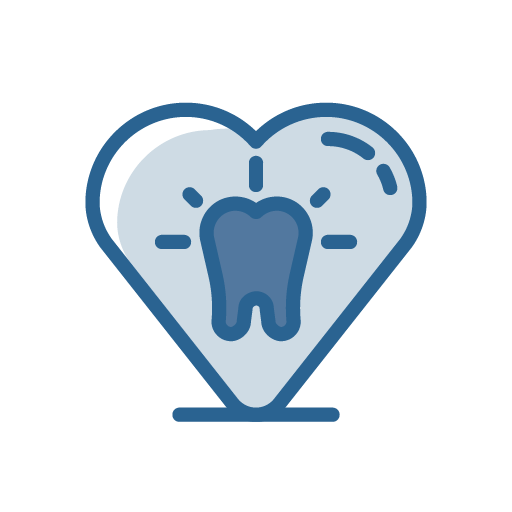A dental emergency can be a painful and frightening experience. The first thing to do during a dental emergency is to stay calm. Thinking things through with a clear level head will lead to the best outcome.
Next, it is important to assess the situation and decide whether it is a true emergency. Some emergencies must be dealt with right away, while others can be treated at a later time. A true emergency will usually include one or more of the following characteristics: pain, swelling, trauma, or infection. Examples of situations that are not true emergencies include loose crowns/bands/brackets, lost fillings and something stuck between teeth and gums. Once the situation has been assessed, and it has been determined that the patient is having a true emergency, then the individual must decide where to go or who to call.
If it is a life-threatening emergency, i.e. the patient is having trouble breathing, unconscious or has a swelling that will block his or her throat, then 911 must be called immediately. If the emergency is non-life threatening, then a dental office with emergency hours can be contacted. The emergency dental line will ask details about the emergency, possibly request pictures to get a better understanding of the situation and advise the patient on next steps.
The following are some common dental emergencies where you should contact your dentist right away. An abscess/infection may appear as a pimple or bump on your gums. It can also present as a more diffuse swelling either inside the mouth or outside the mouth. In this case, the dentist may prescribe an antibiotic if necessary and will treat the tooth that is the source of the infection. If a permanent tooth falls out after a trauma, the tooth should be picked up from the part of the tooth you usually see in the mouth and be stored in milk or saliva. It is important to get to the dentist as quickly as possible because the success of reimplanting the tooth greatly diminishes as more time goes on.






